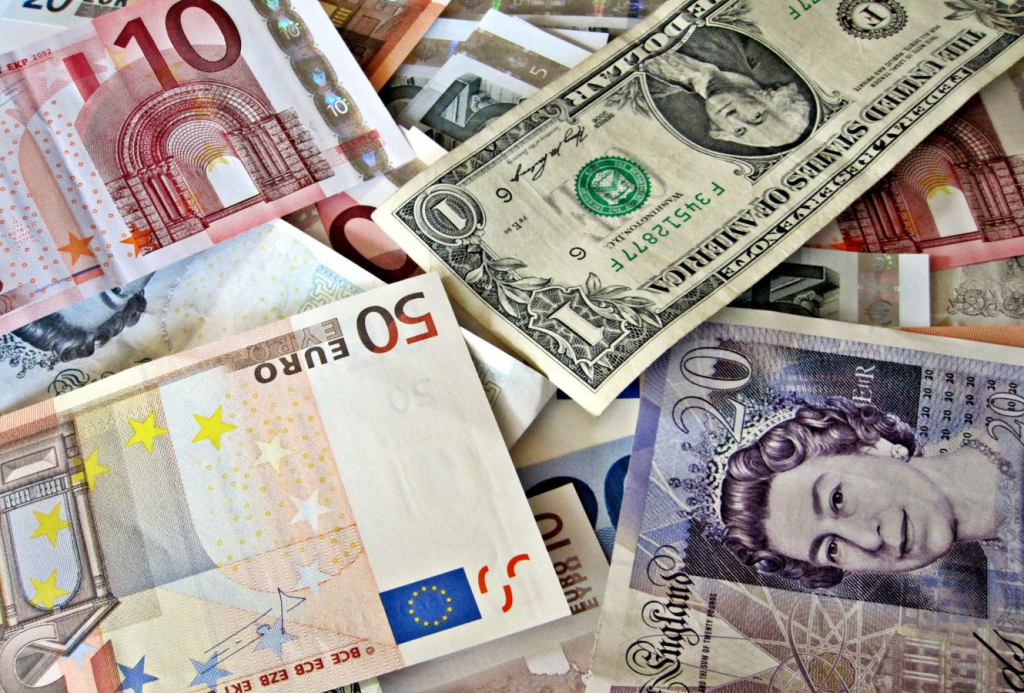Traders who bet on the future course of inflation foresee the sharpest divergence for three years between the U.S. and euro zone, driven by different growth paths, tariff threats and cheaper European energy after a potential Ukraine peace deal.
That gap is not fully reflected in U.S. and euro zone bond yields, however, as investors are eyeing other factors including recent tepid U.S. economic data and expectations that European countries might need to spend more on defence.
Inflation swap markets late last week pointed to U.S. consumer price index (CPI) inflation running at about 2.8% over the next two years, with euro zone inflation swaps at around 1.9%. That would mark a small fall from a current U.S. CPI rate of 3% and a sharper one from euro zone inflation of 2.5%.
Pricing for both has fallen slightly since, but the gap between the two remains at its widest since early 2022.
Yields on U.S. Treasury bonds have nevertheless fallen compared to those in Europe in recent weeks as some weaker-than-expected data releases have sown doubts about growth, even as sticky inflation remains a concern.
“I think it’s really, really hard to trade cross-markets when you have different drivers affecting the different markets,” said Guillermo Felices, principal and global investment strategist at PGIM Fixed Income.
STARK DIVIDE
Inflation swaps are derivatives that allow parties to increase or reduce their exposure to inflation.
Many in the market – from speculative traders to companies needing to hedge – expect U.S. President Donald Trump’s planned trade tariffs to push up prices in the United States but hit European growth, dampening inflation pressures there.
“Tariffs… are a one-off shock to the price level,” said Blerina Uruci, chief U.S. economist in the fixed income division at T. Rowe Price.
“What’s different now is we have lived in a high-inflation environment, and businesses have discovered they have pricing power (so) what could be a one-off shock to the price level could have more room to run.”
Growth differentials are another factor. The U.S. economy has expanded about 12% since just before the pandemic, while the 20-country euro zone has grown 5%.
Trump’s other major transatlantic policy focus, negotiating with Russia an end to the war in Ukraine, has startled European capitals but caused energy prices to drop. European natural gas prices – a key driver of euro zone inflation – have fallen 30% since mid-February.
“That is definitely pushing down on front-end inflation swaps,” said PGIM’s Felices. “So you’re getting this unusual divergence between the U.S. and Europe.”



